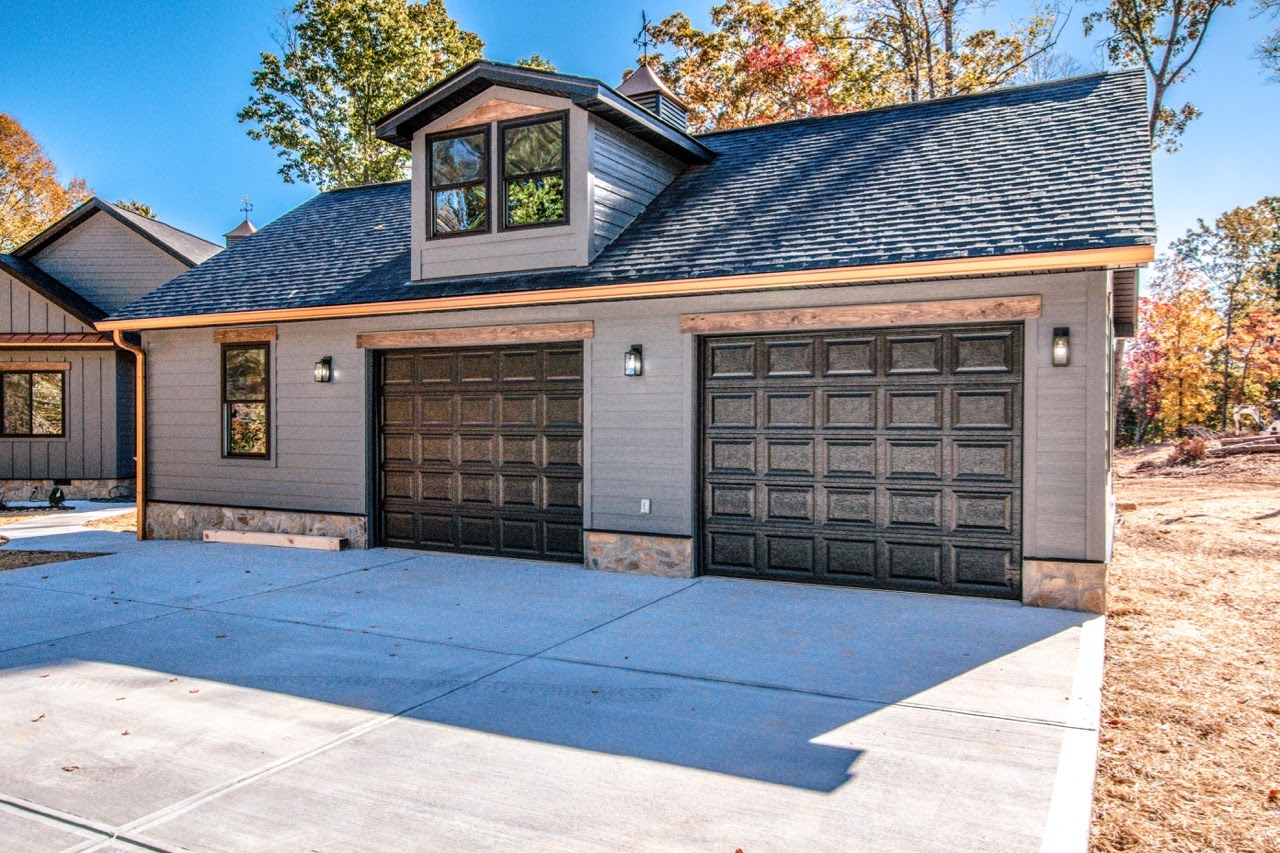
Innovative Construction Techniques for Modern Homes Sep 24, 2025
To begin with, smart home technology has become an integral part of constructing modern homes. Smart systems not only enhance convenience and comfort but also improve energy efficiency. By incorporating smart thermostats and lighting systems, homeowners can significantly reduce energy consumption and costs. These systems offer automation and remote control, allowing users to manage their home environment from anywhere. This technology brings a futuristic touch to home living while promoting environmental sustainability.
In addition to technological innovations, the use of sustainable building materials is a trend that cannot be ignored. Builders are increasingly turning to eco-friendly materials such as bamboo, recycled steel, and reclaimed wood. These materials not only reduce the carbon footprint but also provide durable and aesthetically pleasing construction options. For instance, bamboo is favored for its rapid growth rates and strength, making it an excellent choice for flooring and structural elements.
Prefabrication, or prefabbing, is another cutting-edge technique that has revolutionized the construction industry. Prefabricated sections of a building are manufactured off-site and then transported to the construction site for assembly. This method drastically reduces construction time and waste, while also minimizing construction costs. Since the components are produced in a controlled environment, prefabrication ensures higher quality and precision in the finished product.
Moreover, the concept of modular construction has gained traction, offering a flexible and efficient approach to building. Modular homes are constructed in sections, or modules, that are then assembled on-site. This method is not only swift but also highly adaptable, allowing homeowners the flexibility to easily expand or modify their living spaces in the future. Modular construction supports customization while maintaining structural integrity and cost-effectiveness.
Another transformative technique is the implementation of 3D printing technology in construction. This innovative method allows for the creation of complex architectural elements with unprecedented precision and minimal waste. 3D printing can be used to produce entire house components such as walls and structural frameworks. This technique can significantly reduce traditional labor costs and accelerate the construction timeline, offering a glimpse into the future of construction.
Finally, passive house design is gaining popularity for its emphasis on energy-efficient design principles. This approach focuses on optimizing natural resources such as sunlight and wind, combined with superior insulation and airtight construction. The result is a home that requires very little energy to maintain comfortable indoor temperatures, contributing to substantial long-term savings on energy bills as well as reducing environmental impact.
In conclusion, the incorporation of these innovative construction techniques not only meets the demands of modern housing but also contributes to sustainability and efficiency. At Extreme Construction Services, we remain committed to integrating the latest advancements in our projects, ensuring the highest quality and enhancing the living experience of our clients. Whether you're building a new home or renovating an existing one, consider these innovative strategies as you plan your next construction project. By leveraging these advanced methods, you can create a future-ready home that aligns with your vision and values.